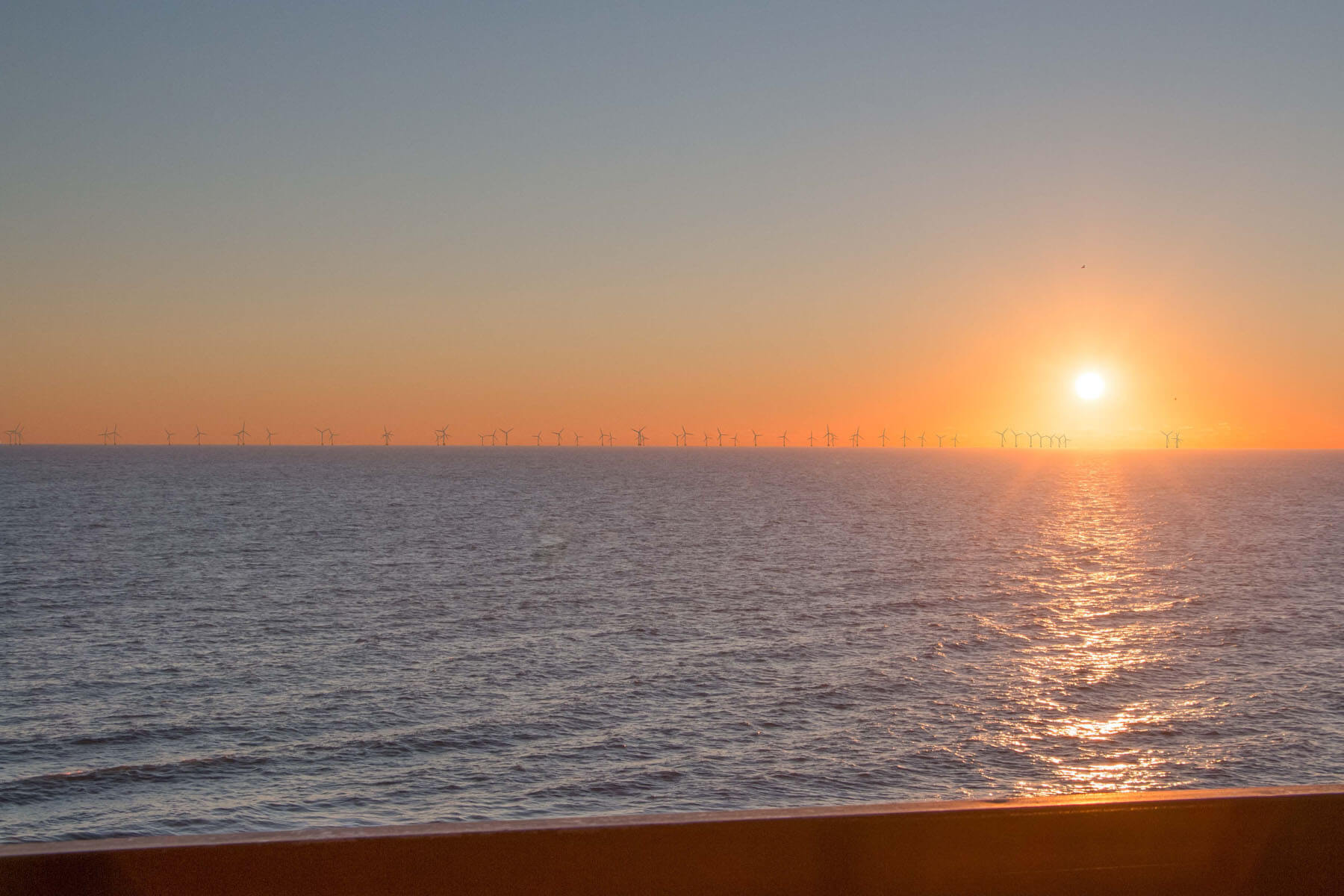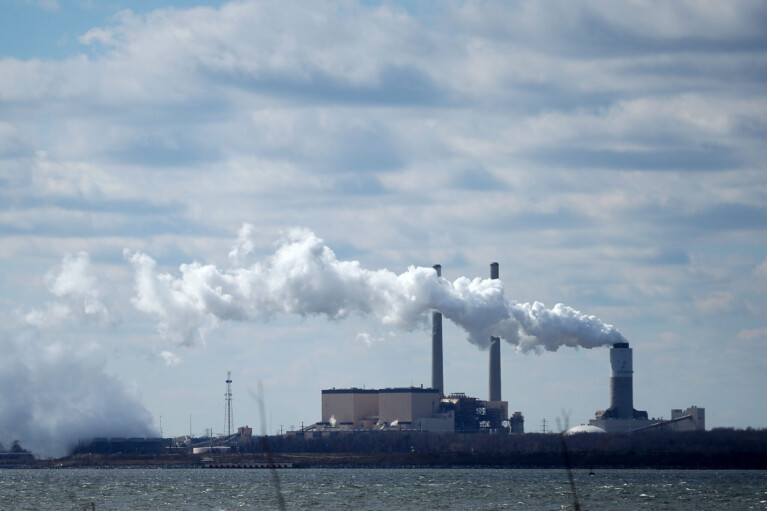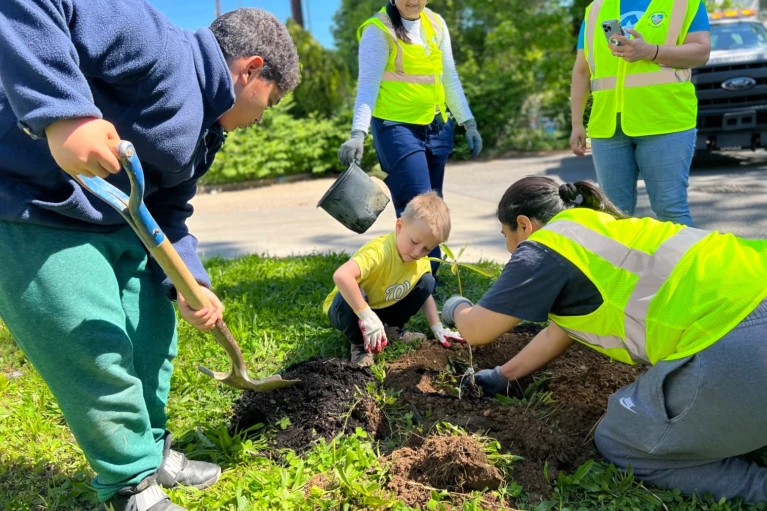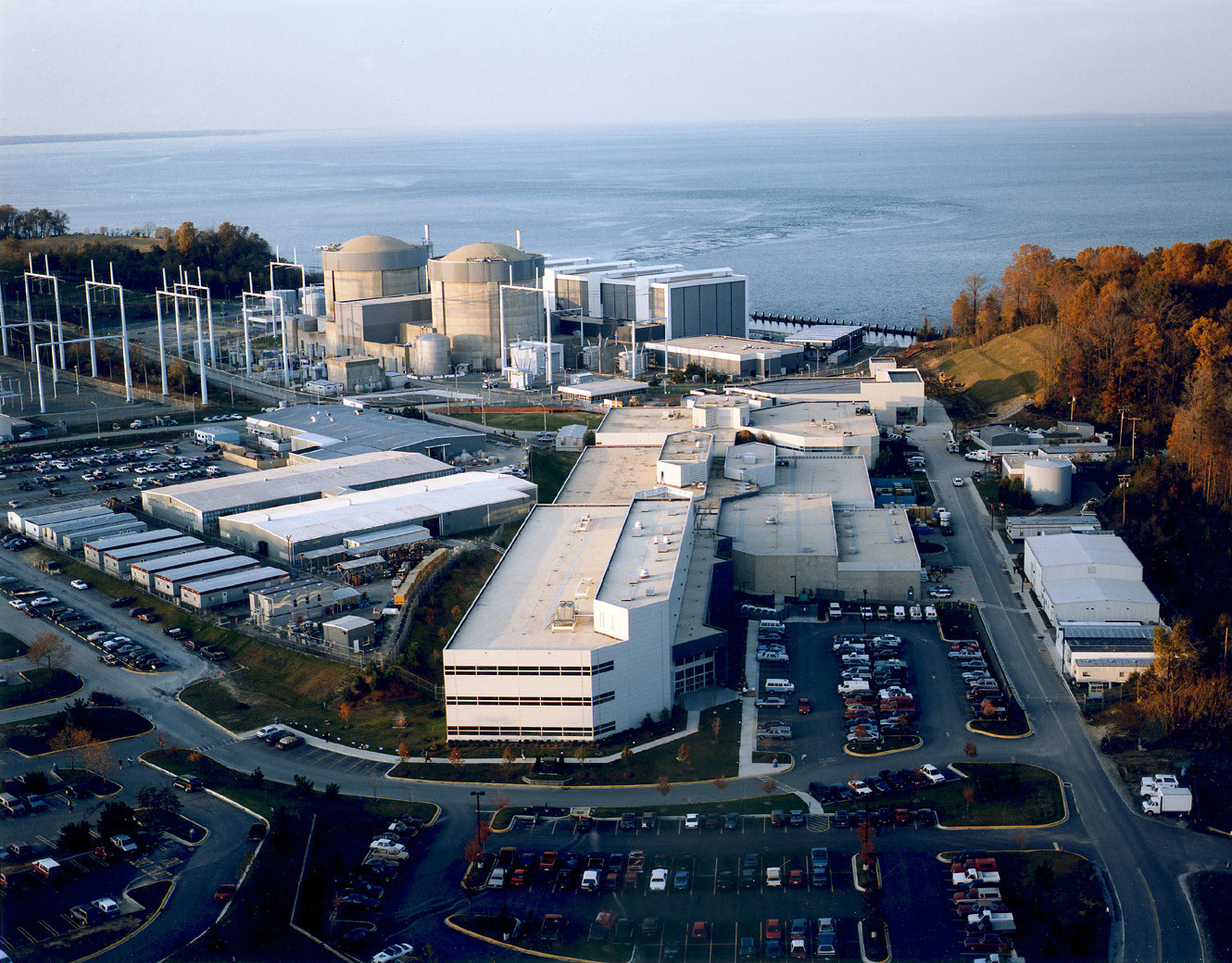Feds’ First Hearing on Offshore Wind Plan Largely Gets Thumbs-Up From Public

The federal government held its first public meeting Tuesday evening on a plan to erect wind energy turbines off the coast of Ocean City, and even though the proposal has generated controversy in Maryland’s No. 1 tourist town for years, only one person testified against it.
The three-hour virtual scoping meeting, convened by the Interior Department’s Bureau of Offshore Energy Management (BOEM), was the federal government’s first public hearing on US Wind’s plan to build up to 121 turbines that would generate enough electricity to power 285,000 homes from wind energy by 2026. The meeting was an early step in a federal environmental review process that is likely to take two years.
BOEM will hold two more virtual public hearings on US Wind’s plan over the next week, and will be accepting written public comments through July 8.
But anyone expecting controversy on Tuesday evening would have been disappointed. One self-described “part-time resident of Worcester County,” Jonathan Phillips, echoed the fears of some Ocean City elected officials and business leaders that the windmills more than 11 miles from shore would cause “irrevocable visual devastation” for homeowners and tourists.
“This is the equivalent of putting 77 60-story buildings off the coast of Ocean City,” Phillips said, urging federal officials to “save our sunrise” by insisting the turbines be pushed far enough into the Atlantic that they would not be seen from the shoreline.
More than 40 people signed up to testify electronically on the proposal, but between no-shows and technical difficulties, no more than half actually appeared. Besides Phillips, everyone who spoke touted the environmental or economic benefits of the project — or both.
“Getting these wind turbines online as fast as possible will help us save lives as well as help us save the climate,” said Charles Stegman, a retired physician representing the Wicomico Environmental Trust.
Eric Burnley, a freelance writer who lives on the Eastern Shore, put it even more starkly. “I definitely believe in alternative energy because the other alternative is extinction,” he said.
Union leaders in the building trades were among those expressing enthusiasm.
“These projects are very important to us on the Eastern Shore…I can’t wait to work on some of this stuff,” said Nick Caruso, an assistant business agent, based in Salisbury, with the International Brotherhood of Electrical Workers Local 24.
Even with the words of support, the approval process for the two phases of US Wind’s project is long and cumbersome, as a company executive and federal officials laid out in mind-numbing detail. Offshore wind projects have been debated at the state and federal levels for more than a dozen years, and turbines are slowly being authorized in federal waters in the Atlantic.
BOEM officials said they expected to complete a draft environmental impact statement by the late summer of 2023, and after soliciting public comments on that document would aim to complete a final environmental impact statement by the spring of 2024. A “record of decision” would then be issued in the summer of 2024.
But even without federal approval, US Wind is working to move the project forward in multiple ways, setting up construction facilities at the Tradepoint Atlantic industrial development in Baltimore County and operations and maintenance centers on the Lower Eastern Shore.
Brian Krevor, BOEM’s coordinator for the National Environmental Policy Act, said the agency is seeking comments from the public that recommend significant issues to be analyzed in the environmental review; sources of information to include in the review; data gaps that federal officials need to address; and possible alternatives to building the project as proposed. He said the wide-ranging environmental study would include the project’s impact on commercial fishing, tourism and views from the shore: “It’s not just birds and whales.”
The next public hearings are scheduled for Thursday at 5 p.m. and next Monday at 1 p.m. Registration for the virtual public meetings and detailed information about the proposed wind energy facility, including how to comment, can be found on BOEM’s website.
This is the 10th offshore wind energy construction and operation review initiated by the Interior Department since President Biden took office.
A second offshore wind company, Ørsted, also has won leases from Maryland to build and operate offshore wind farms off the coast of Ocean City, and the company expects the federal approval process for those projects will launch soon.





 Creative Commons Attribution
Creative Commons Attribution